It will be about the type of costume that was found in the southern and western parts of the Karelian Isthmus. The Finns called this type of costume Rekko, due to the specific type of embroidery on the shirt. This embroidery is done in front under the collar, as you can see in the image.

A bit of history
Karelia is a continuous region, but it is divided into three political parts. Here is a map showing various regions of Karelia.
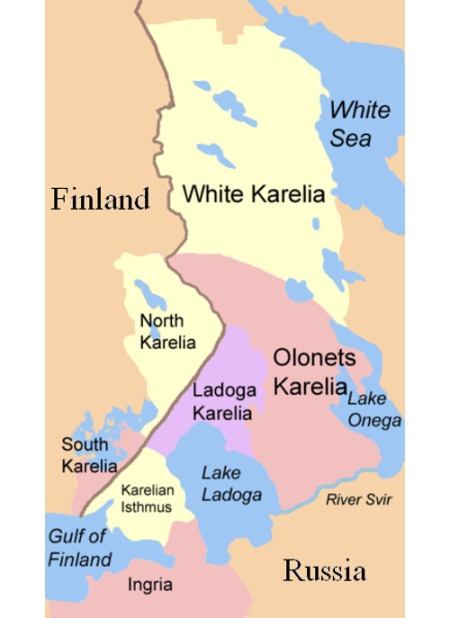
The regions of South and North Karelia are located within the current borders of the Finnish state. The regions of White Karelia, Olonets Karelia and Ladoga Karelia are located within the Republic of Karelia in Russia.
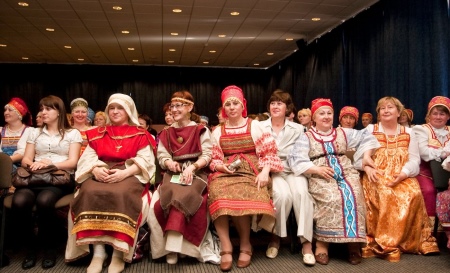
This also includes the Zaonezhye region, which lies east of Lake Onega and is populated exclusively by Russians in order to dilute the percentage of Karelians within the Republic. The Karelian Isthmus is currently part of the Leningrad Region in Russia, along with Ingria.
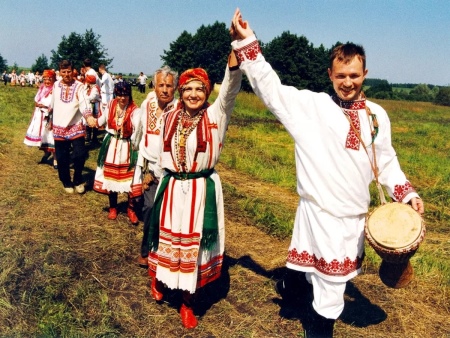
Karelians are closely associated with the Finns, they speak the Karelian dialect, Finnish and are closely related to the original language. As a rule, the areas east of the border and Lake Ladoga speak pure Karelian.
And in the region of Finland, the Karelian Isthmus and north of Lake Ladoga, they speak the Karelian dialects of the Finnish language.

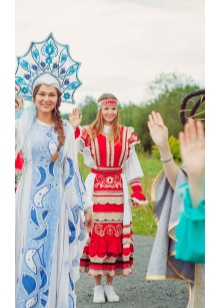
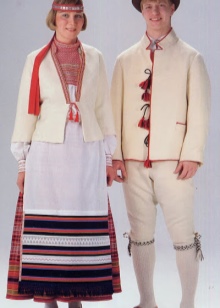
There is also a community of Orthodox Karelians living in the Tver region in Russia.
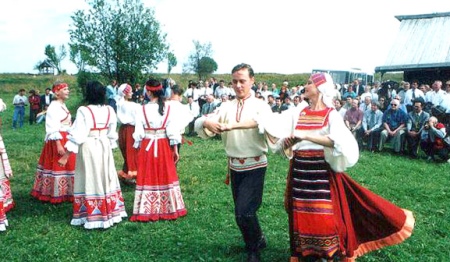
They moved there to avoid religious persecution by the Lutherans, but they were mainly assimilated by the Russian population. The Karelian Isthmus with part of the territory north of Lake Ladoga was annexed by the Soviet Union from Finland in the 40s. This land is still displayed on Finnish maps.
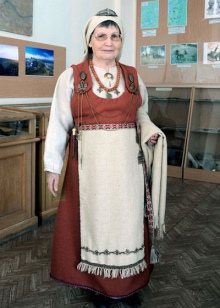
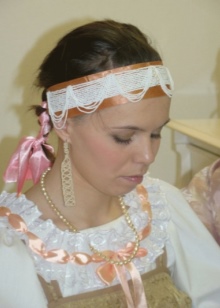
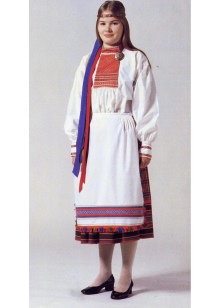
The costume in question was found in various parts of southern Finland, on the Karelian Isthmus, and in Ingria, south of the previous border. This women's costume is still supported by a small community of Karelians and Ingrians, as well as those who now live within the current borders of Finland.

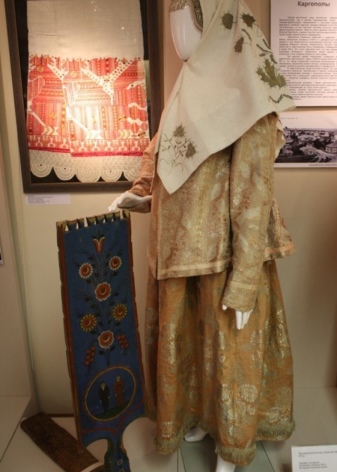
The Karelian Isthmus with part of the territory north of Lake Ladoga was annexed by the Soviet Union from Finland in the 40s. This land is still displayed on Finnish maps.
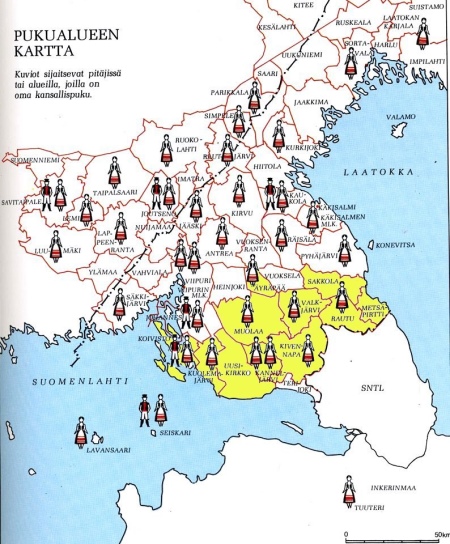
As you can see from this map, in addition to Tuuteri, costumes with Rekko are found in the areas of Koivisto, Kuolemayaarvi, Uusikirkko, Muolaa, and others. They have, of course, now all Russian names. There are differences between the detailing of costumes in different areas. This costume was also found south of the border, in parts of Ingria, especially in areas north of St. Petersburg.
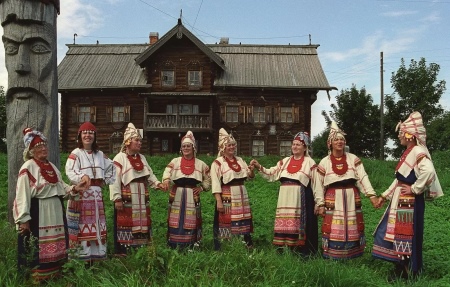
Classic Karelian chemise rekko
In Karelia people lived in tense and difficult circumstances. The fabric was used more economically than in the western regions of Finland but is compensated by a generous and colorful embroidery with traditional lace.
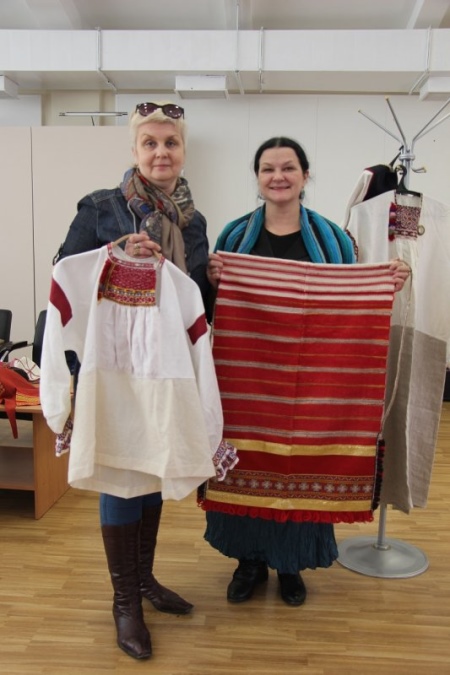
Rekko is the central element in the front of the shirt. The design, color and degree of embroidery varies by region. Valkjarvi is made of orange, blue and white wool. In the appartley, the original color of the rekko embroidery was golden yellow. Some shades of yellow-orange are still the main. The open side is held closed by engraved silver or a tin brooch, mainly for married women.
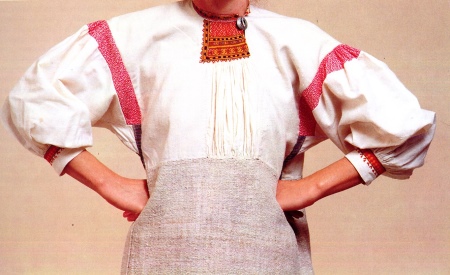
In the image taken from the Finnish woman’s blog, you can see Rekko. She is an amazing seamstress and also makes sundresses. Her name is Soya.
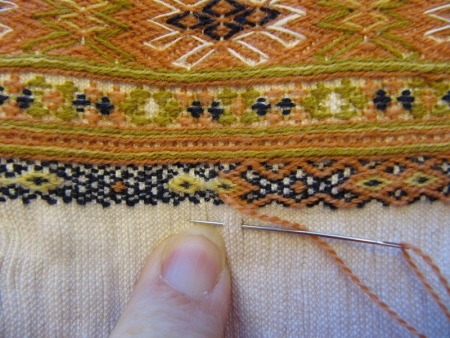
Sometimes there are suits with fake rekko, they just sew it in a shirt. This photo is from the catalog of a company that makes mass production of costumes. It is much easier to do.
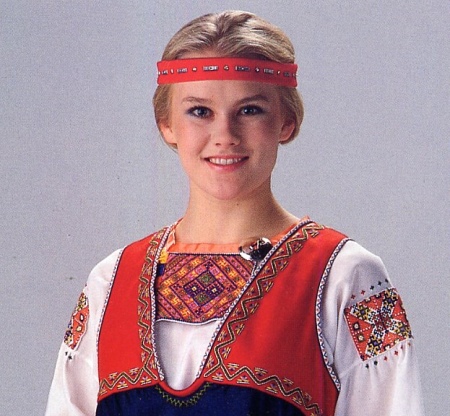
In addition to rekko, embroidery embellishes a narrow strip of collar, cuffs, shoulders. In Ingria, sleeves are often gathered at the top of the shoulder.

Other elements of the national costume of Karelians
On the Karelian Isthmus, women's sundresses were worn in the east and south, and skirts in the north and west. Rekko costumes come in any type, depending on the area.
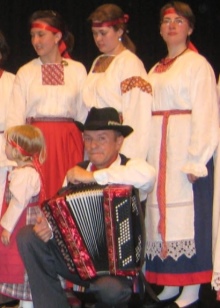
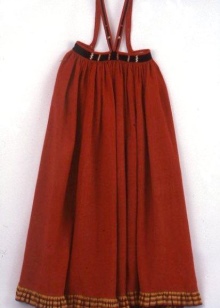
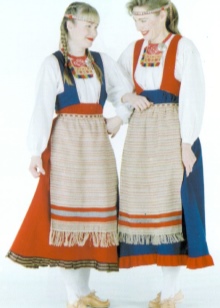
On the western side of the isthmus, the skirt is worn in one color, as in Muolaa. A blanket of striped cloth was sewn to the hem, as in Koivisto and Kuolemaaijärvi.

In Ingria, the rekko costume is also sometimes worn with a skirt.
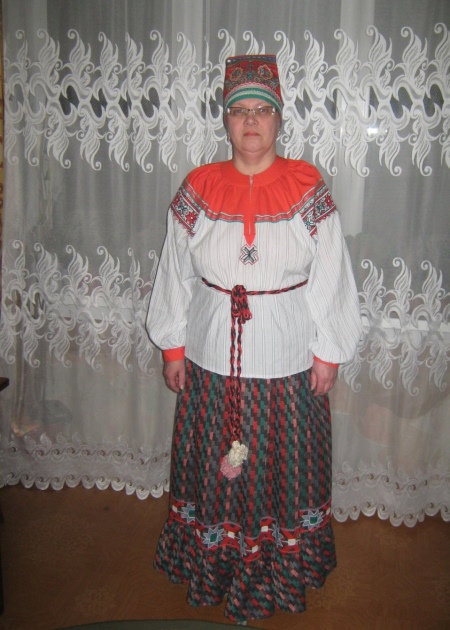
Women's aprons made of wool or linen, usually with sewn-in elements and / or embroidery.

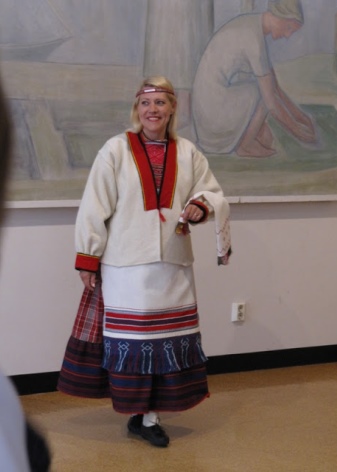
Linen aprons often have nyytinki inserts, bobbins, lace and / or trim, as this example from Saccola.
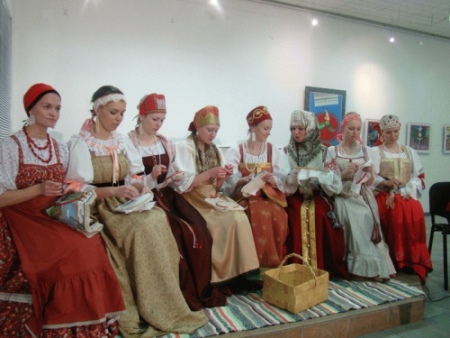
Tan - leather casual shoes that are characteristic of Karelia. They are similar to those worn by the Sami (Lopari), but shorter. They have a characteristic sharp toe.
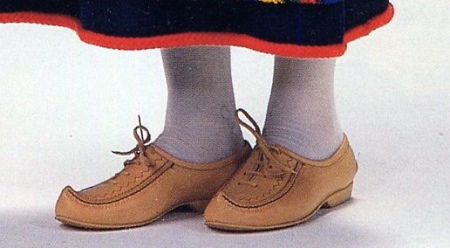
Girls wear a bandage or tape around their heads.
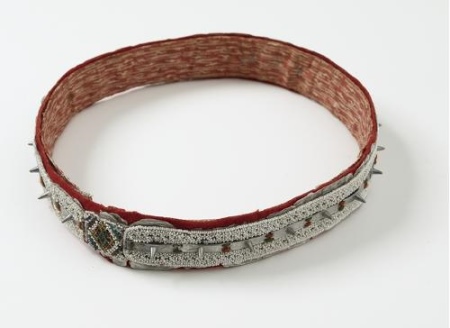
In Ingria, the ribbon is often decorated with beadwork and metal plates. Here is an example from Tyro.
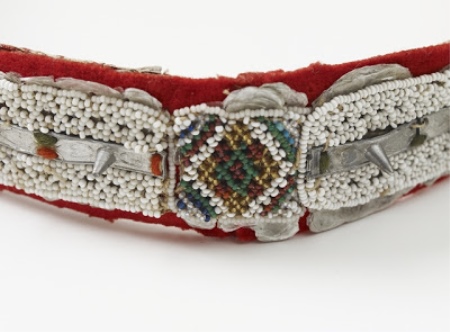
Married women wear a hat called sorokka, which is made of embroidered fabric and / or is decorated with appliqué tapes around the head.
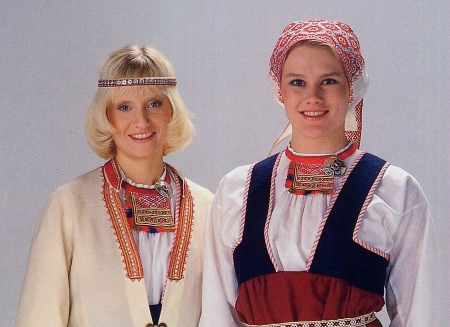
Men's suit
National costumes for men include white linen or cotton long-sleeved shirts and woolen trousers called luukkuhousut.
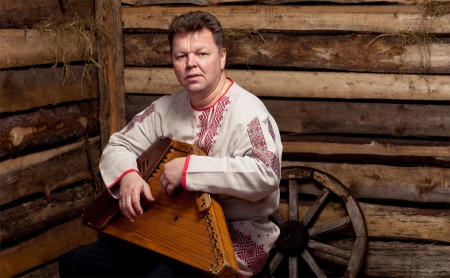
There is no lightning ahead, instead a panel with buttons. At weddings, men decided to tie their shoulders with scarlet scarves.
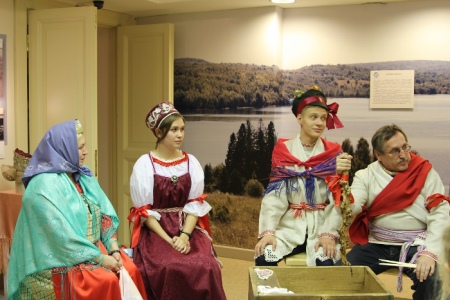
Pants can be long or short. Costumes also include vests and short jackets called roijy or coats. On some suits, men wear belts, scarves and hats.
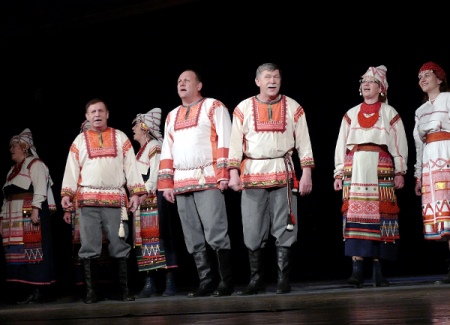
Hats for men
- Lippalakki - cap with a hard peak in front;
- Pellilakki - a cap of several pieces;
- Varraslakki - knitted, pointed hat;
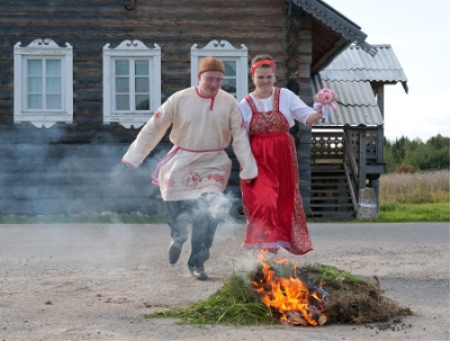
- Silinteri - a classic hat;
- Kairalakki - a six-piece round hat without a peak;
- Huopalääppä - high felt hat with ribbon and pewter ornament;
- Hylkeenpyytäjän laaki - “hunter cap”, knitted hat.
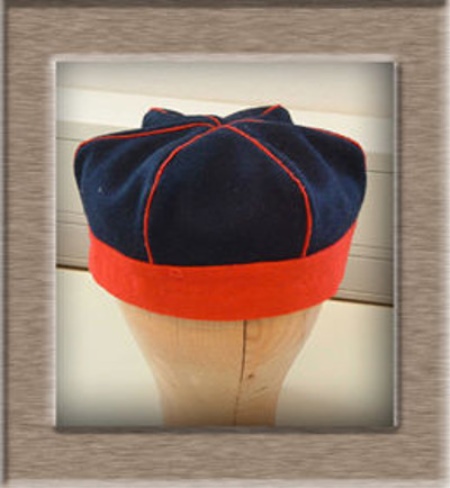
Also, men wore a leather belt and a knife in a sheath.
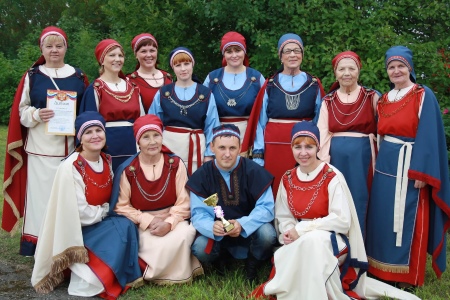
Shoes were woven from birch bark, and boots were from rawhide. The winter shoes were koibi, deer-skin boots.
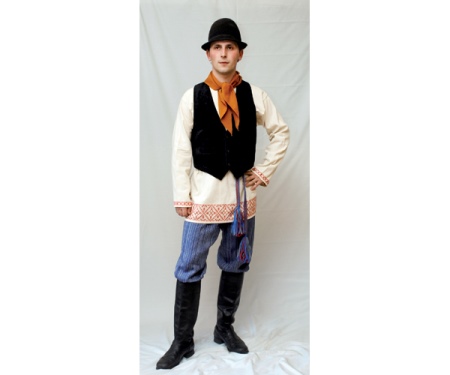
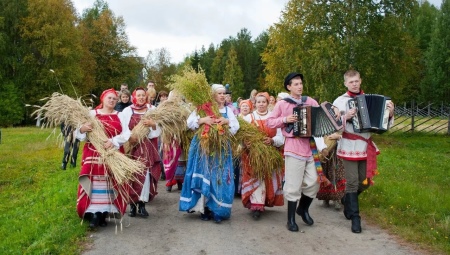










What a delight!